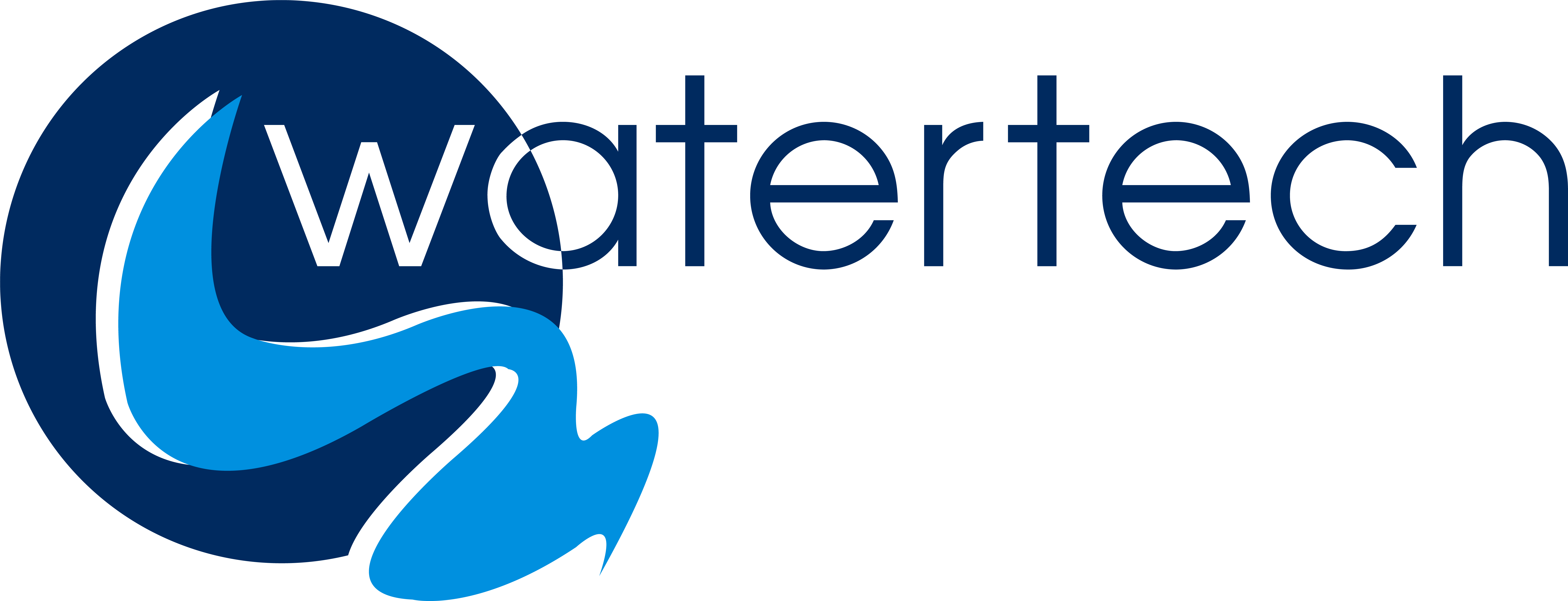Our role: from standard to custom.
The microelectronics and semiconductor industry is distinguished by the considerable diversity of its processes and products. At a time when society is increasingly demanding that pollution prevention measures be put in place, and where the industry is looking for cost-effective ways to reduce the consumption of chemicals and the volume of waste produced, the industry electronics will need to evaluate new technologies and technologies to improve the management of hazardous substances and wastes.
Microelectronics is an industry that consumes a lot of natural resources (electricity, water, rare materials) and produces a lot of waste. The development of a “green electronics” that is more respectful of the environment is therefore essential. The green electronics approach takes into account the environment from the design stage, in which environmental issues are considered throughout the entire product life cycle, including material saving, efficiency manufacturing operations, the use of less aggressive materials for the environment, recycling, regeneration and waste recovery, and many other techniques that will reduce the environmental impact of the electronics industry .
Among the problems to be solved, it is necessary to mention that of the very large quantity of water consumed, in particular during the rinsing stages of the manufacture of microelectronic components. In water-poor areas, manufacturers must find solutions. However, they must ensure that alternative products (such as solvents) do not create other environmental problems in their turn.
WATERTECH SA treats the purification of industrial wastewater (the neutralization of PH and the principle of chemical precipitation) in the microelectronics industry as a key issue, because it is necessary to carry out various treatments of these harmful waters on natural waters , before they leave the factory.


